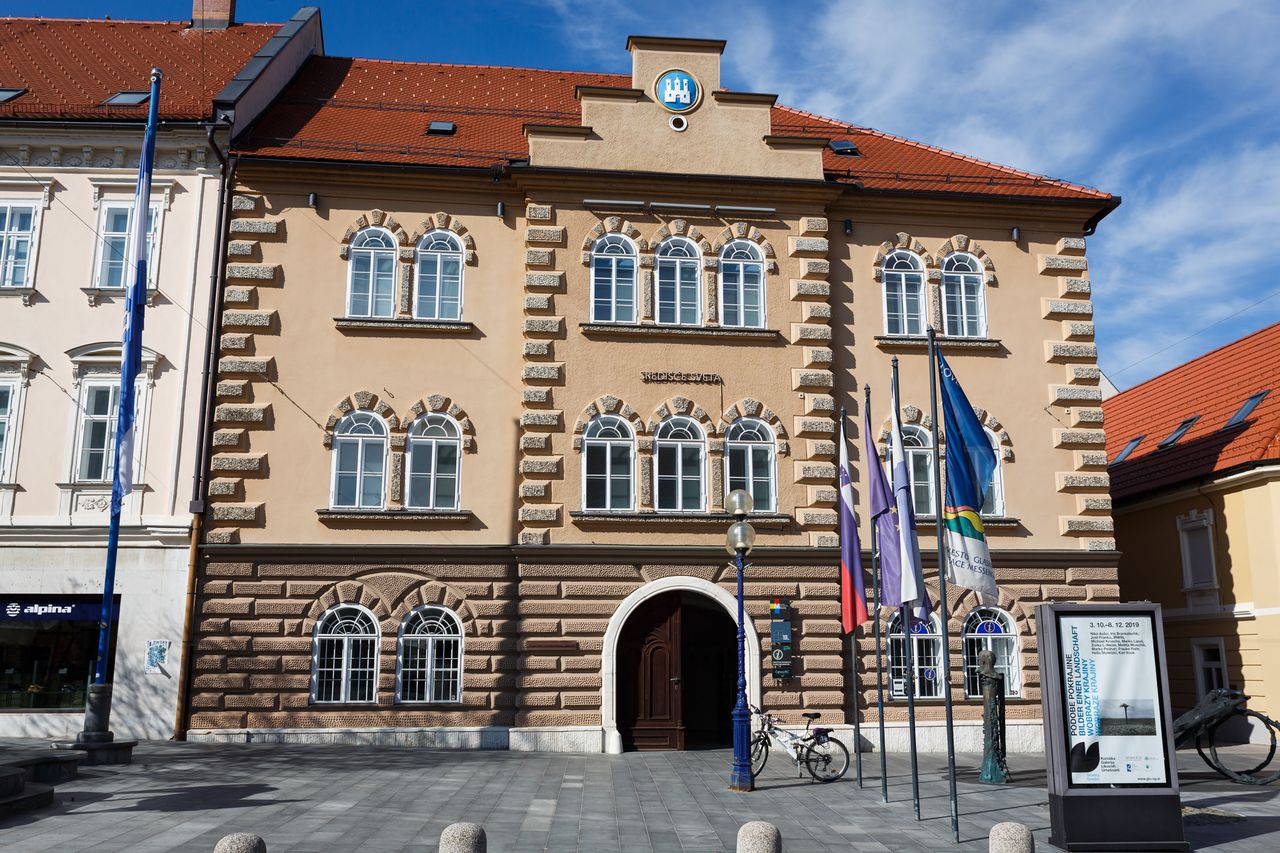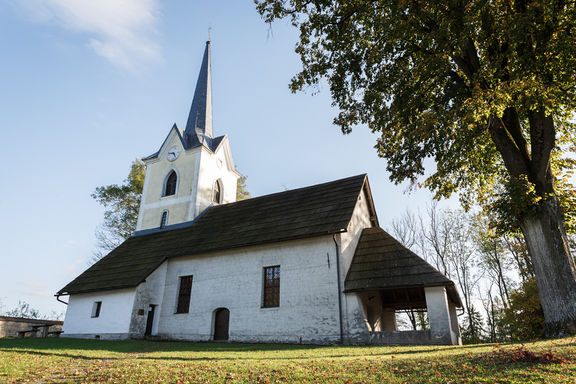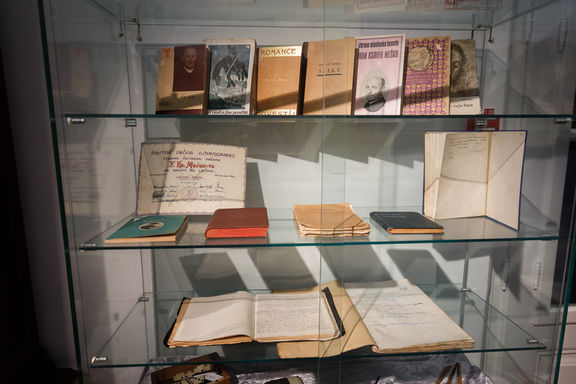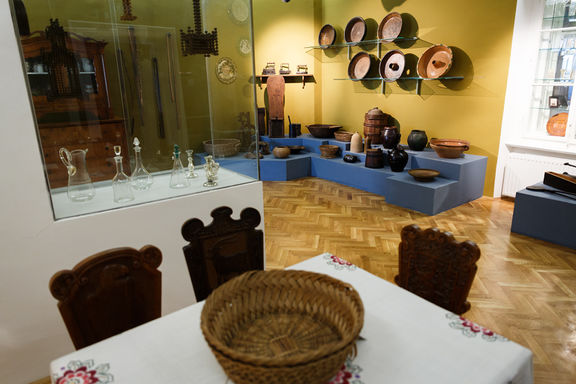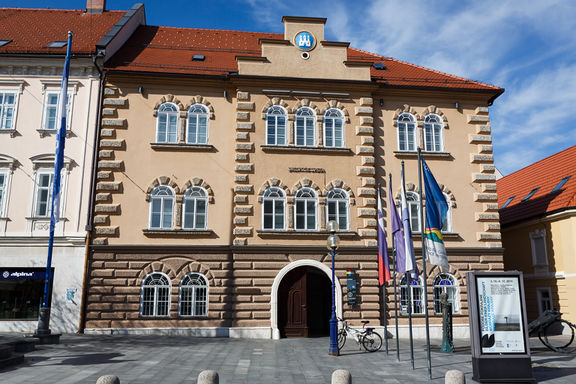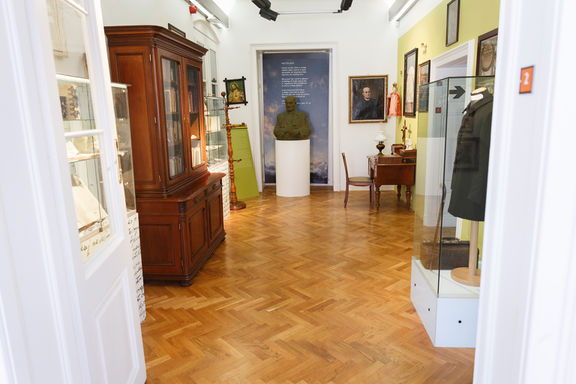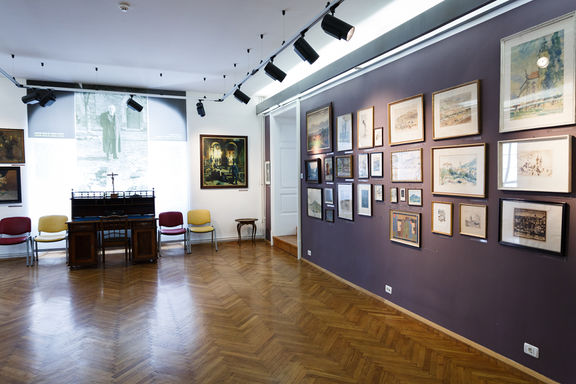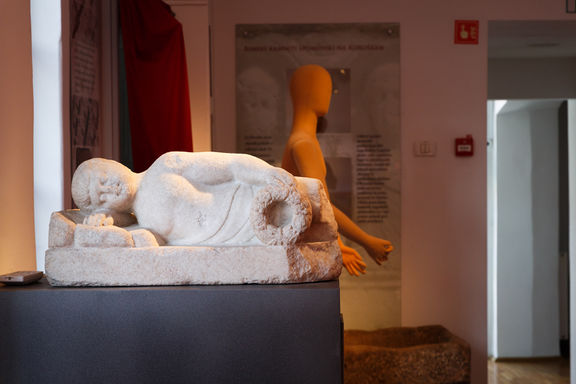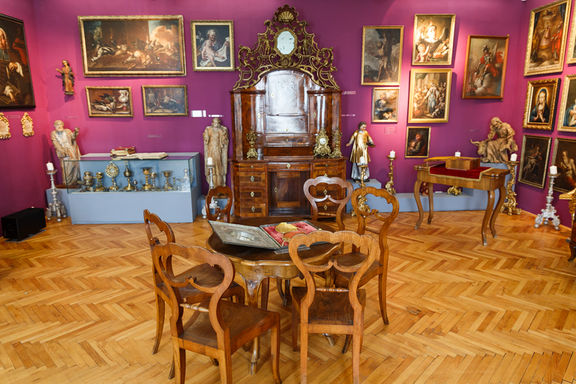Koroška Regional Museum
Past events
-
to
10 Oct 2011
13 Nov 2011
RussiaMoscowPolytechnical Museum3,000 years of Iron Making in Slovenia, three exhibitions coorganised by the Koroška Regional Museum, Museum of Metalurgy in Štore and the Embassy of the Republic of Slovenia in Moscow
History
The Slovenj Gradec Museum was originally established in 1951 as the district museum of the National Liberation Front. Its foundation is connected with the activities of teacher Bogdan Žolnir (1908–1997), who became the first director of the museum. In 1956 the museum moved to the second floor of the former town hall. In accordance with new specific needs connected with the protection of the natural and cultural heritage after 1986, it was transformed into a general regional museum. The museum was rehoused in 1991 and additional departments for archaeology, education, conservation, and restoration were formed. The Ravne na Koroškem Museum opened in 1953 at the Ravne Castle and has been dedicated to the technical heritage of the well-known steelworks.
Permanent exhibitions in the Koroška Regional Museum in Slovenj Gradec
The exhibition To the Divine Manes presents the newly restored Roman stone monuments. Since 2013 the Koroška Regional Museum has displayed also the priest and writer Franc Ksaver Meško's (1874–1964) Memorial Room and the former Jakob Soklič Museum (1893–1972), a fine example of a treasure room where a private collector placed the objects into his residential and working environment and lived with them.
Collection of Franc Tretjak (the African Collection)
Franc Tretjak (1914–2009) spent nearly 20 years in Africa as an economic consultant of the United Nations and donated to Slovenj Gradec his African collection consisting of domestic artefacts (vessels, ladles, calebashes, fans, baskets, musical instruments, tools, arms, etc) and items which have an ethnological value (cult objects including masks and statuettes, fetishes and amulets, objects of white and black magic, Nomoli statues and rare "antiques" from the African continent).
See also (dislocated units)
- Birthplace of Hugo Wolf, Slovenj Gradec
- Ljuba Prenner Memorial Room
- Carinthian Plebiscite Museum, Libeliče
- Church of St George in Legen
- Gestapo Prisons at Dravograd
- Radlje ob Dravi Museum
- Ravne na Koroškem Museum
- Javnik Wood Rafting Museum
- Muta Forge Museum
- Pauček Partisan Hospital, Trška gora na Pohorju
